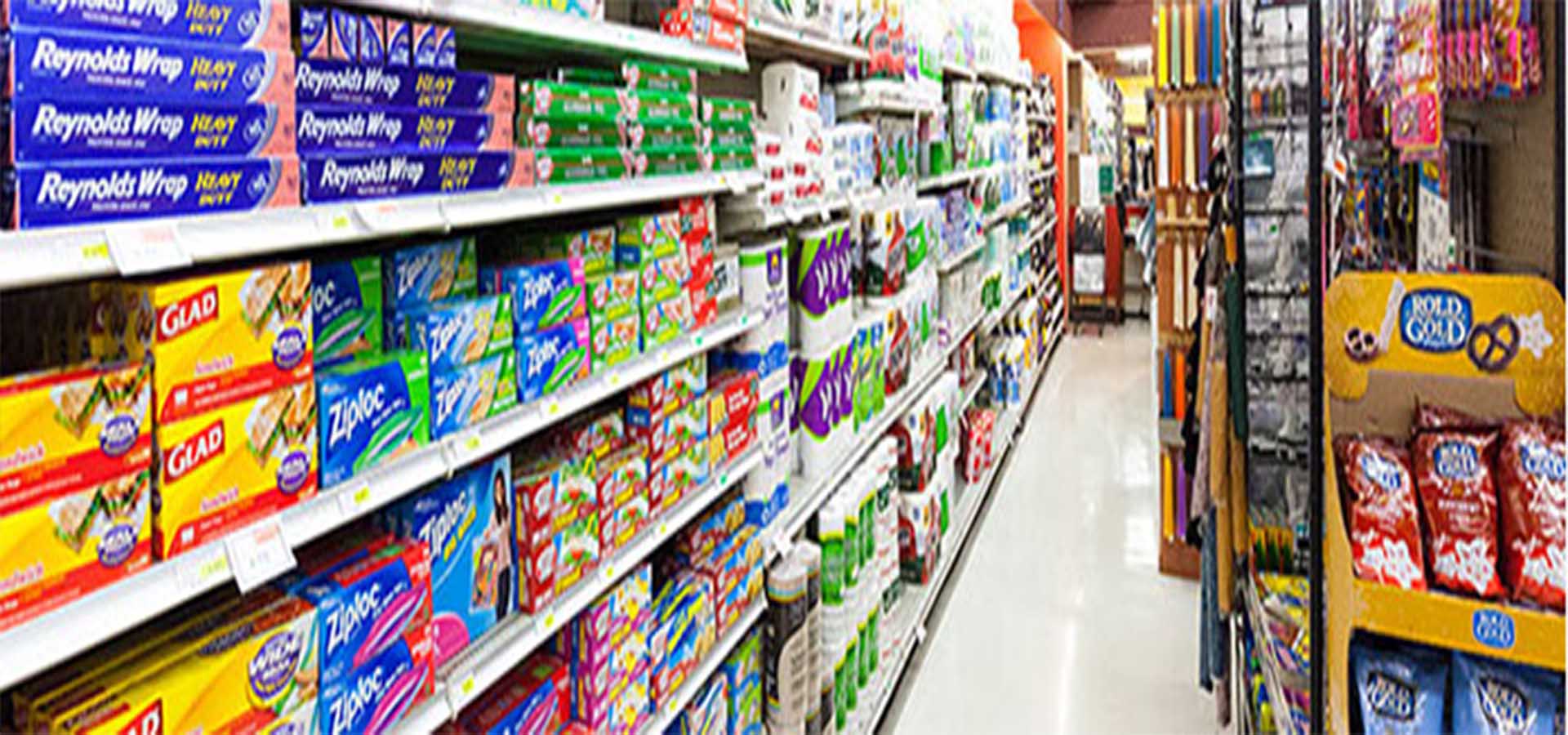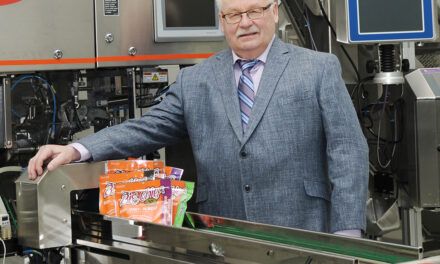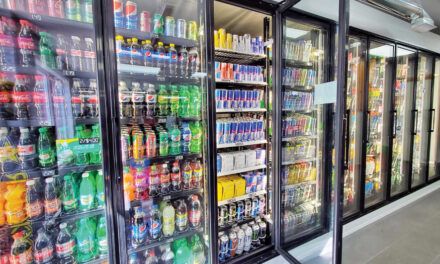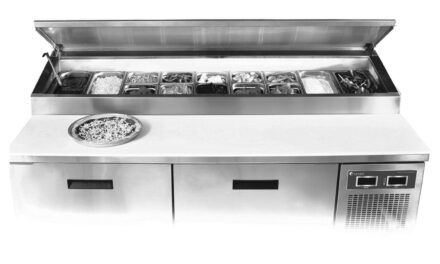
Capitalize on Merchandising

Capitalizing on merchandising emerging trends
by: Cara Wolf
Everyone is talking about electric cars, artificial intelligence, big data, bitcoin, blockchain and the legalization of marijuana. We’ve seen the futuristic customer service robots in retail stores in Japan and Amazon’s drones flying packages to people’s homes within half an hour of purchasing anything under five pounds.
Business owners sometimes struggle to keep up with all of these advances and understand when to invest or how to implement new technologies into their business to increase profitability.
As a company, it’s tempting to see competitors yielding tangible results from applying cutting edge technologies and merchandizing new products to capitalize on changing consumer tastes and to want to immediately copy their actions. But good business sense also dictates evaluating a new venture by completing due diligence to understand what the impact of these changes could be or what capabilities a new technology has to offer.
The first step in any new venture consideration is to determine alignment with your company’s vision, mission and goals. Does the new product fit within your overall corporate objectives? Will the adoption of a new technology or business process provide deeper insights into your customer’s preferences and behaviours or increase efficiency? What are the potential capabilities and limitations, risks and rewards, and relevance in context to what your company produces or provides and how is success measured? These questions should be addressed through your strategic planning sessions.
When it comes to in-store merchandising, how do you decide what items to sell and where to place them? How do you know if your customer’s buying habits are changing? How frequently do people come into your store? Are they from your neighbourhood or are they just passing through to get fuel and snacks before moving onto another destination? Many of these questions can be answered through data collection and the reporting features of your POS systems.
Once you have your data collected, what do you do with it? One suggestion would be to consider a future where your company can personalize your marketing programs to individual shoppers through loyalty programs. Once you know your customers, you can use dynamic pricing and personalized marketing to achieve higher sales. Think Shopper’s Optimum and Loblaw’s grocery loyalty program apps with tailored offers.
What about low tech? Don’t forget the basics. Excellent friendly customer service is still paramount. No amount of new technology can overcome a bad experience from a rude or dismissive staff member. Even if you have an older store in need of renovation, there are several low cost remerchandising projects that you can undertake. Here are some relatively simple low cost activities that you can do on your own that will improve your merchandising and generate additional sales.
Begin by looking at your business through the eyes of your customer. How much inventory do you have on the outside of the front of your store? Are ripped or dated posters hung on every window? Is your store clean? Can people enter your store and move between aisles comfortably? Is there a direct line of sight to your cash register? Can you greet them as they come in?
Merchandising your cash desk or pay point profitably is a task that requires daily attention and one that can pay off with incremental sales and a positive customer impression. This is the most important area of your store. Every customer visits this area and the likelihood of increased sales through impulse buys like confectionery and snacks are the highest. Here are some best practice tips based on interviews with Hailey MacDonald, site manager of Goldstream Peninsula Co-op and Scott Sibbet, vice-president, Retail Operations, Gasking Oil Co. Ltd:
- Make sure your counter area is clean and in good repair. Always leave at least three feet of clear counter space for your customers to comfortably pay for their purchases. Anything less will be uncomfortable and inconvenient for them.
- Keep clutter to an absolute minimum. Too many offers are distracting and overwhelming.
- Review each item and ask why it is on your front counter and know how many dollars it generates in sales and profits. How long have the dusty trinkets sat in your front counter space? Could these items be placed to another high traffic location and generate the same sales in order to free up counter space for other items or should they be removed altogether?
- Products on the counter should be of an impulse or seasonal nature, purchased frequently and priced below $10 and most often below $5. Items that are prone to high theft are kept close by.
- Rotate or change displays often. Regular customers visit your store several times a week and soon ignore products that have been in one spot for a long time.
- Introduce new products based on emerging consumer trends. Consider selling items like phone chargers, phone cases or vaporizers. Consider vendor incentives.
- Use your POS software to run reports to determine inventory turnover.
Although, in the immediate future, it’s unlikely that all vehicles on the road will be electric or will we have personalised drones delivering our snacks, it’s important to think about how these technologies could impact our business operations. The use of data analytics and augmented customer intelligence is rapidly increasing. By combining emerging technologies with tried and true commercial merchandizing strategies, your company will prosper in the tough competitive retail landscape.
Cara Wolf, MBA CMC is the founder of Ammolite Strategies Inc., an innovation advisory firm specializing in the implementation of emerging technologies. Her email is: cara@ammstrat.com.


































